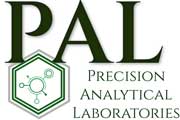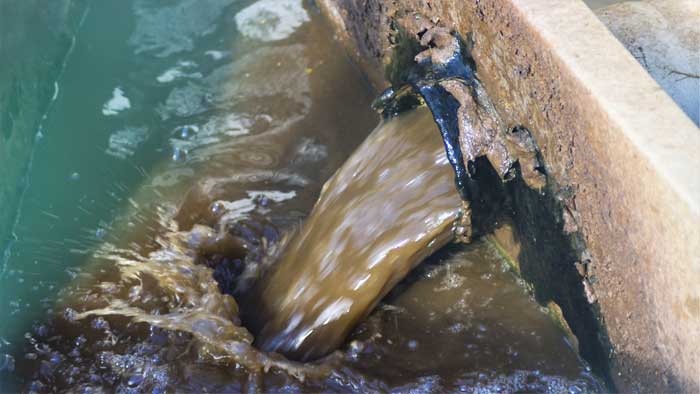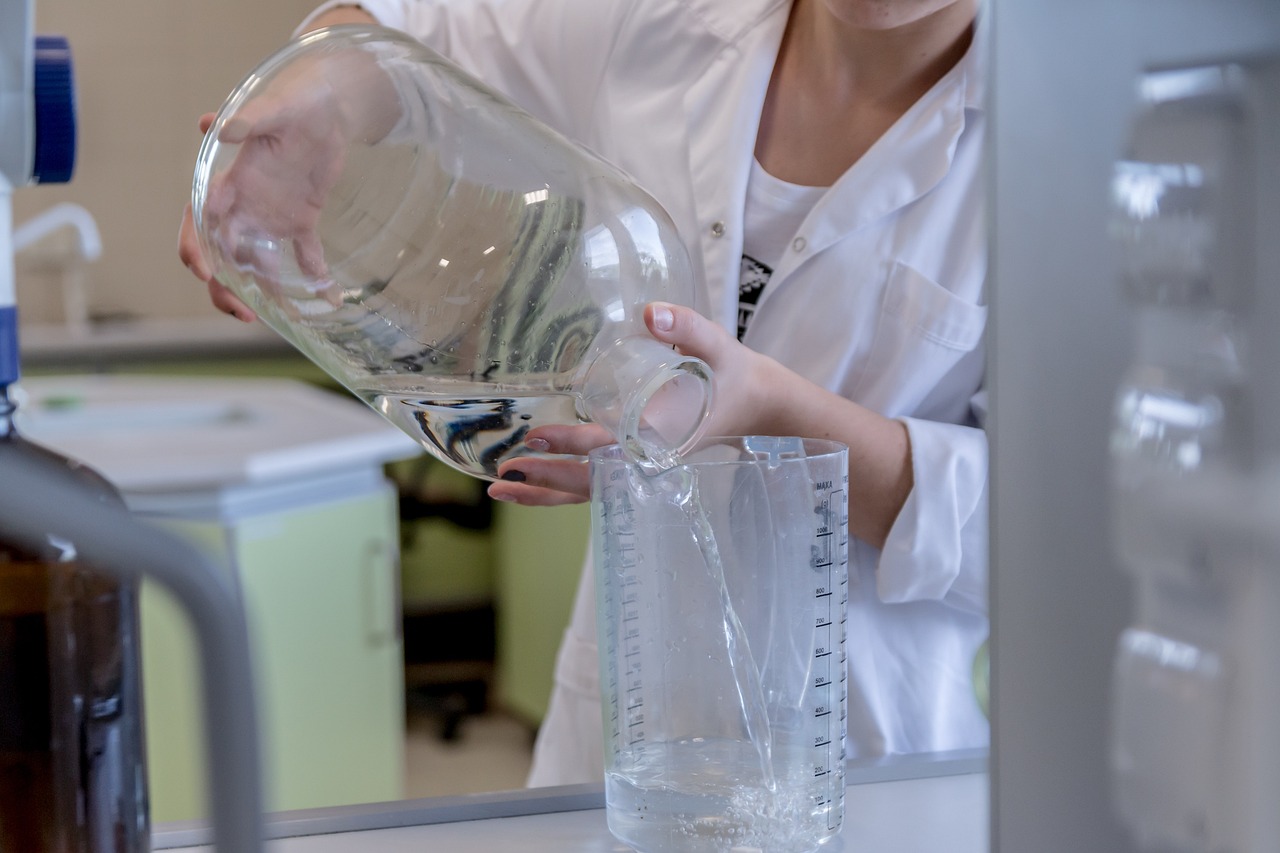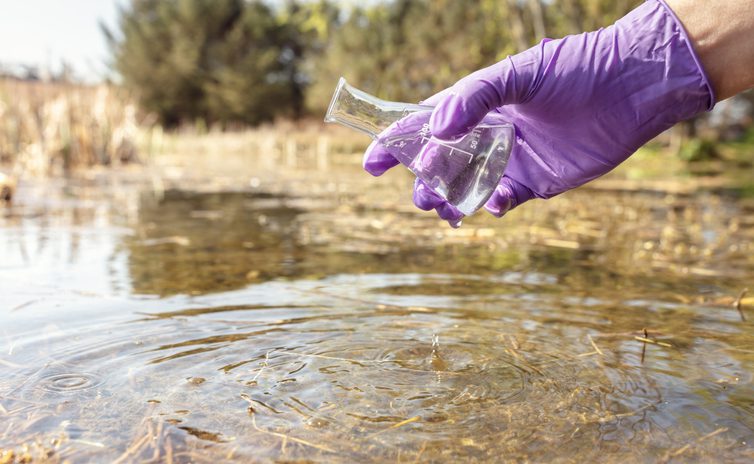In today’s highly regulated industrial landscape, wastewater testing for manufacturing plants is not just a compliance requirement — it’s a business necessity. The Environmental Protection Agency (EPA) has established strict wastewater discharge regulations to protect public health, water resources, and the environment. Failure to comply with these rules can result in hefty fines, legal actions, and reputational damage that could cripple a manufacturing operation.
For manufacturing facilities that rely on processes involving chemicals, dyes, solvents, metals, or organic matter, wastewater testing is the single most effective way to avoid costly EPA fines. In this article, we’ll explore the importance of wastewater testing, what’s involved in the process, the most common EPA regulations, and how proactive testing ensures both compliance and long-term savings.
Why Wastewater Testing Matters for Manufacturing Plants
Manufacturing plants produce wastewater through various activities such as cooling, cleaning, plating, dyeing, or chemical processing. This wastewater often contains pollutants like:
- Heavy metals (lead, cadmium, chromium, mercury)
- Chemical residues (solvents, oils, lubricants, acids, alkalis)
- Organic matter (food processing byproducts, biological waste)
- Nutrients (nitrogen, phosphorus)
- Suspended solids (sludge, dirt, grit)
If these contaminants enter public water systems or natural bodies of water without proper treatment, they can harm ecosystems, impact human health, and contaminate drinking water supplies.
The EPA enforces regulations under the Clean Water Act (CWA), which requires manufacturers to monitor, treat, and test their wastewater before discharge. Noncompliance can lead to fines exceeding tens of thousands of dollars per day, per violation. That’s why regular wastewater testing is critical—it allows plants to stay ahead of regulatory demands and avoid penalties.
Key EPA Regulations for Wastewater Compliance
Manufacturing plants must comply with several EPA standards that dictate what can and cannot be released into wastewater systems. Some of the most important regulations include:
- National Pollutant Discharge Elimination System (NPDES)
- Requires facilities to obtain permits for discharging wastewater into U.S. waters.
- Limits pollutants to safe levels based on industry-specific standards.
- Requires facilities to obtain permits for discharging wastewater into U.S. waters.
- Pretreatment Standards
- Industrial facilities must treat wastewater before discharging it into municipal sewer systems.
- Prevents interference with municipal wastewater treatment plants.
- Industrial facilities must treat wastewater before discharging it into municipal sewer systems.
- Effluent Guidelines
- Industry-specific standards that establish the maximum amount of pollutants manufacturing plants can discharge.
- Industry-specific standards that establish the maximum amount of pollutants manufacturing plants can discharge.
- Stormwater Permits
- Facilities must monitor stormwater runoff that may contain industrial pollutants.
- Facilities must monitor stormwater runoff that may contain industrial pollutants.
- Toxic Substances Control Act (TSCA)
- Regulates the disposal and treatment of certain toxic chemicals.
- Regulates the disposal and treatment of certain toxic chemicals.
Ignoring these rules can result in massive penalties. In 2023, the EPA reported issuing over $1.2 billion in civil penalties to companies violating wastewater discharge standards.
How Wastewater Testing Works
1. Sample Collection
Trained professionals collect wastewater samples at designated discharge points within the facility. This ensures that results accurately reflect what’s being released into the environment or municipal systems.
2. Laboratory Analysis
Samples are sent to certified environmental testing laboratories. Advanced equipment such as ICP-MS (Inductively Coupled Plasma Mass Spectrometry), GC-MS (Gas Chromatography-Mass Spectrometry), and spectrophotometers are used to detect pollutants at parts-per-million (ppm) or even parts-per-billion (ppb) levels.
3. Parameter Testing
Wastewater is tested for multiple parameters, including:
- pH levels
- Biochemical Oxygen Demand (BOD)
- Chemical Oxygen Demand (COD)
- Total Suspended Solids (TSS)
- Metals (arsenic, mercury, cadmium, lead, chromium, nickel, etc.)
- Volatile Organic Compounds (VOCs)
- Oil and grease
- Pathogens (bacteria, viruses, protozoa)
4. Compliance Reporting
Laboratories generate detailed reports showing whether the wastewater meets EPA and local discharge limits. These reports can be submitted to regulatory authorities during inspections.
5. Corrective Action
If testing reveals pollutants above allowable limits, the facility can adjust treatment methods, upgrade equipment, or implement better waste management strategies.
Benefits of Wastewater Testing for Manufacturing Plants
1. Avoiding Costly EPA Fines
The primary advantage of wastewater testing is avoiding penalties that can reach thousands of dollars per day. By proactively monitoring wastewater, plants ensure compliance before inspectors arrive.
2. Protecting Corporate Reputation
News of environmental violations spreads quickly. Negative publicity can affect investor confidence, consumer trust, and employee morale. Routine wastewater testing demonstrates a company’s commitment to sustainability.
3. Reducing Environmental Impact
By detecting contaminants early, wastewater testing prevents pollution of rivers, lakes, and groundwater. This aligns with corporate social responsibility (CSR) goals and environmental stewardship.
4. Optimizing Wastewater Treatment Systems
Testing reveals whether treatment systems are working efficiently or need upgrades. This helps reduce operating costs by avoiding unnecessary chemical use or equipment wear.
5. Meeting Customer and Investor Expectations
Many clients and investors now demand environmental, social, and governance (ESG) compliance. Routine wastewater testing provides measurable proof of a facility’s environmental responsibility.
6. Legal Protection
Detailed wastewater testing records provide legal protection in case of disputes or false claims of pollution. Documented compliance can help facilities defend against lawsuits.
Common Mistakes Manufacturing Plants Make
Despite the importance of wastewater testing, many plants still make costly mistakes, such as:
- Infrequent Testing – Only testing once or twice a year instead of following monthly or quarterly requirements.
- Improper Sampling – Collecting samples incorrectly can lead to inaccurate results and failed compliance audits.
- Relying on Outdated Treatment Equipment – Old or poorly maintained treatment systems can’t meet modern discharge standards.
- Ignoring Pretreatment Rules – Discharging pollutants directly into municipal systems without pretreatment.
- Not Keeping Records – Inadequate documentation can result in violations, even if the plant was compliant.
Avoiding these mistakes is just as important as conducting the testing itself.
Best Practices for Wastewater Testing in Manufacturing
- Develop a Wastewater Management Plan
- Create a schedule for routine sampling and analysis.
- Assign staff responsibilities to ensure accountability.
- Create a schedule for routine sampling and analysis.
- Use Certified Laboratories
- Always work with EPA-certified labs that follow proper testing protocols.
- Always work with EPA-certified labs that follow proper testing protocols.
- Implement Pretreatment Solutions
- Install neutralization tanks, oil-water separators, or advanced filtration systems.
- Install neutralization tanks, oil-water separators, or advanced filtration systems.
- Train Employees
- Educate staff on proper chemical handling, spill response, and wastewater protocols.
- Educate staff on proper chemical handling, spill response, and wastewater protocols.
- Stay Updated on EPA Regulations
- Regulations change frequently—stay ahead by consulting environmental experts or legal advisors.
- Regulations change frequently—stay ahead by consulting environmental experts or legal advisors.
- Invest in On-Site Monitoring
- Some facilities benefit from installing real-time wastewater monitoring systems for immediate alerts.
- Some facilities benefit from installing real-time wastewater monitoring systems for immediate alerts.
The Bottom Line: Testing Is Cheaper Than Fines
For manufacturing plants, wastewater testing is not just a regulatory requirement—it’s an investment in risk management. The cost of regular testing and treatment is minimal compared to EPA fines, which can exceed millions of dollars for serious violations. Beyond compliance, wastewater testing enhances operational efficiency, protects the environment, and strengthens corporate reputation.
By adopting proactive wastewater testing and management practices, manufacturing facilities not only avoid costly fines but also build a foundation for sustainable growth in an environmentally conscious world.
Precision Analytical Labs is a leading provider of comprehensive environmental testing services, specializing in wastewater testing, and soil analysis. With state-of-the-art facilities and a team of experienced professionals, we deliver accurate and reliable results to help businesses and industries comply with regulatory standards and protect the environment. Our commitment to quality and customer satisfaction sets us apart, making us the trusted partner for all environmental testing needs.














